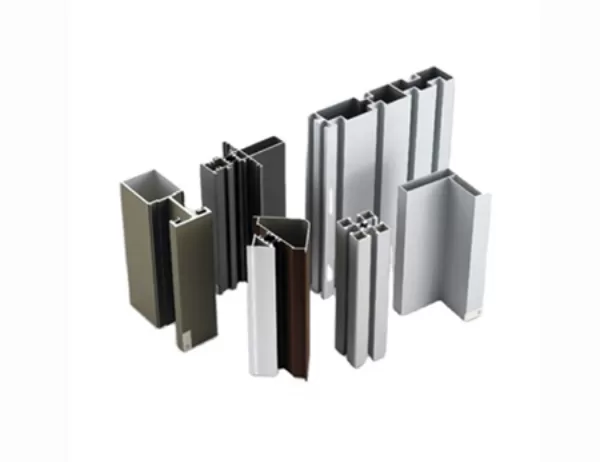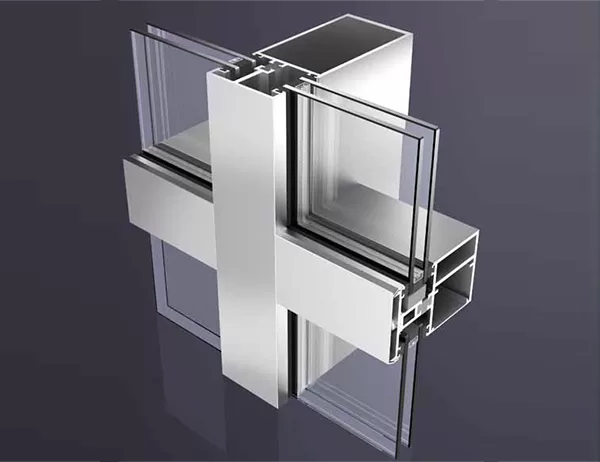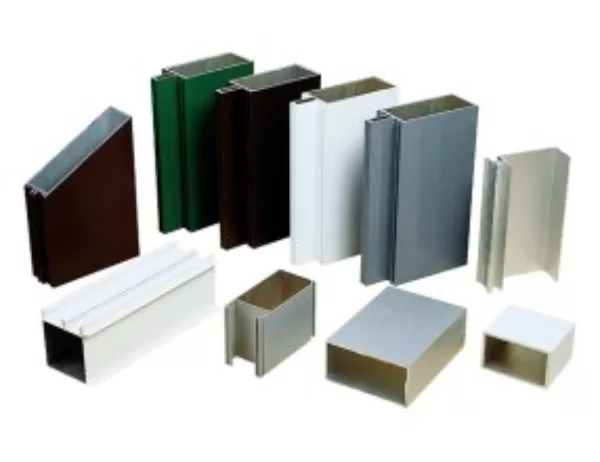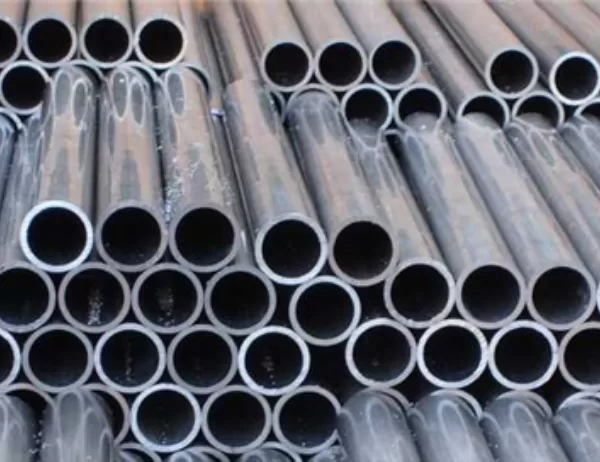When it comes to selecting the best material for your wardrobe frame, two popular choices come to mind: aluminum profiles and wooden frames. Both options offer distinct advantages and drawbacks, making it crucial to understand their key differences before making a decision. This article will provide a comprehensive comparison of aluminum profiles versus wooden wardrobe frames, highlighting their respective strengths, weaknesses, and suitability for different needs.
Durability and Longevity
Aluminum Profiles: Aluminum is renowned for its durability. It is resistant to rust, moisture, and warping, making it an excellent choice for areas with high humidity or frequent temperature fluctuations. Aluminum profiles can withstand years of use without showing significant signs of wear and tear.
Wooden Frames: Wood, on the other hand, is vulnerable to moisture, insects, and warping. It is also susceptible to scratches and dents, which can affect its appearance and longevity. Wooden frames require regular maintenance to protect them from damage and extend their lifespan.
Aesthetics and Customization
Aluminum Profiles: Aluminum profiles offer a sleek, modern aesthetic that complements contemporary interior designs. They come in various finishes, including anodized, powder-coated, and painted, allowing for customization to match any décor. Aluminum profiles can be anodized to create a wide range of colors and textures, making them highly versatile.
Wooden Frames: Wooden frames exude a classic and timeless appeal. They come in a variety of wood species, each with its unique grain and color, offering natural beauty and warmth to any space. However, customization options for wooden frames are more limited, as they are primarily available in natural wood tones.
Cost-Effectiveness
Aluminum Profiles: Aluminum profiles are generally more expensive than wooden frames. However, their durability and low maintenance requirements can save you money in the long run. Aluminum profiles are less likely to require repairs or replacements, which can offset their initial cost over time.
Wooden Frames: Wooden frames are generally more affordable than aluminum profiles. However, their susceptibility to damage and need for regular maintenance can result in additional expenses. Wooden frames may require occasional repairs or replacements, which can add to their overall cost.
Sustainability and Environment
Aluminum Profiles: Aluminum is a recyclable material, making it an environmentally friendly option. It can be melted down and reused without losing its properties, reducing waste and conserving natural resources.
Wooden Frames: Wood is a renewable resource, but its production can impact the environment. However, choosing wood from sustainably managed forests can help minimize its ecological footprint.
Suitability for Different Needs
Aluminum Profiles: Best suited for areas with high humidity, frequent temperature fluctuations, or where durability and low maintenance are a priority. They are ideal for modern and contemporary interior designs.
Wooden Frames: Ideal for those seeking a classic and timeless aesthetic. They are suitable for dry areas where moisture is not a concern. Wooden frames complement traditional and rustic décor styles.
Conclusion
The choice between aluminum profiles and wooden wardrobe frames ultimately depends on your individual needs, preferences, and budget. Aluminum profiles offer superior durability, low maintenance, and customization options, while wooden frames exude classic beauty and warmth. Considering the advantages and drawbacks outlined in this article, you can make an informed decision that will complement your space and meet your long-term requirements.




